【学びの道の駅】社内勉強会動画をプラットフォーム化してまとめて観れるようにした
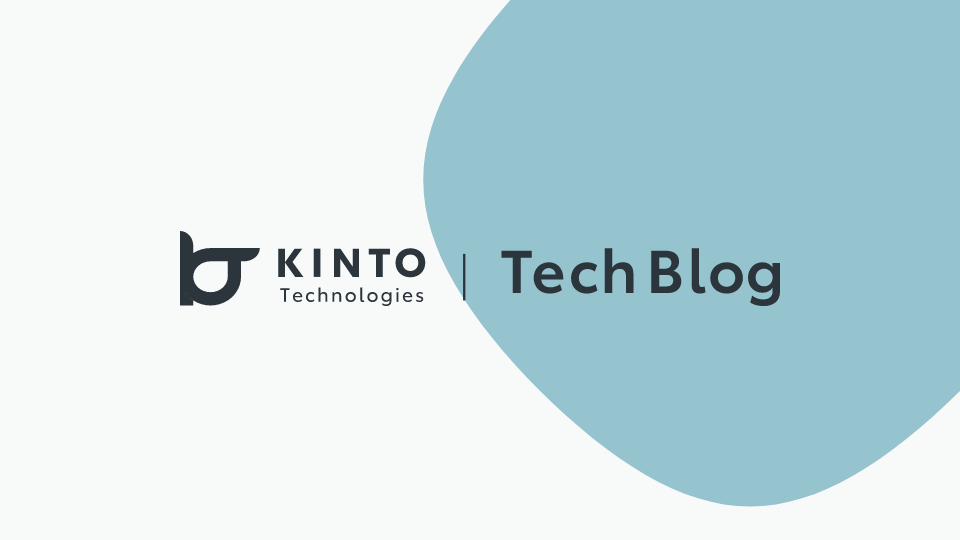
はじめに
こんにちは!コーポレートITG兼技術広報G 学びの道の駅チーム所属の明田です。
普段はコーポレートエンジニアとして、IT機器に関するオン/オフボーディングやグループ内のプロセス/業務改善をしたりしています。
今回はコーポレートエンジニアの自分がひょんなことから「学びの道の駅プロジェクト」に参加し、活発的に開催されている社内勉強会の動画が自発的に集まるポータルをつくった話を紹介しようと思います。
きっかけ:社内勉強会を後で見る手段ってなくないか?
当社、下記のように何度か記事で紹介している通り社内勉強会が頻繁に行われています。
開催後は社内Slackチャンネルにて録画ファイルが投稿されますが、コーポレートエンジニアとして次のことが社内の課題だと感じていました。
-
社内にはConfluenceやSharepoint、Boxといったようにドキュメントファイルを共有する場所はあるが、動画コンテンツの置き場が定まっていない。
-
特に、社内の有益な勉強会の動画ファイルは社内Slackチャンネルにて録画ファイルが投稿されるだけで後から探すことが難しい
- 全社情報共有チャンネルがメインの投稿場所になっており、他の業務関連情報等も流れてくることから簡単なスクロールだけでは探せない状態だった
-
勉強会開催後に入社したメンバーはそもそも勉強会があったことも、その動画やファイルがあることを知る術がない
これらを解決するにはどうしたらいいだろうか…と考え、思いついたのが動画プラットフォームを構築して勉強会の動画が一堂に集まる場所を作ったらどうか、という案でした。
はじまり:学びの道の駅プロジェクトのメンバーに突撃してみた
勉強会の動画が集まる場所を作る、と思ったときにすぐに思いついたのは学びの道の駅プロジェクトの存在でした。学びの道の駅は「社内の「勉強会」と「勉強会」が交わる「道の駅」として、勉強会を軸にした社内活性を支援」する活動を行っており、自分がやりたいことと活動がバッティングしないか・もし検討しているなら協力して進められるといいな、と勝手な思いを抱きました。
鉄は熱いうちに打て、ということで同じグループかつ学びの道の駅に参加しているきんちゃんにまずはその旨を相談したお返事が「いいですね!賛成です!!」とのこと。(めちゃくちゃ嬉しかった記憶があります)その後、コーポレートITGとして本件を進めてOKとなった後に早速他のプロジェクトメンバーにも相談しに行きました。
当時のSlackのやりとりが、学びの道の駅メンバーの熱さが伝わると思うため皆さんに紹介します。
まずは私の相談文章がこちら。
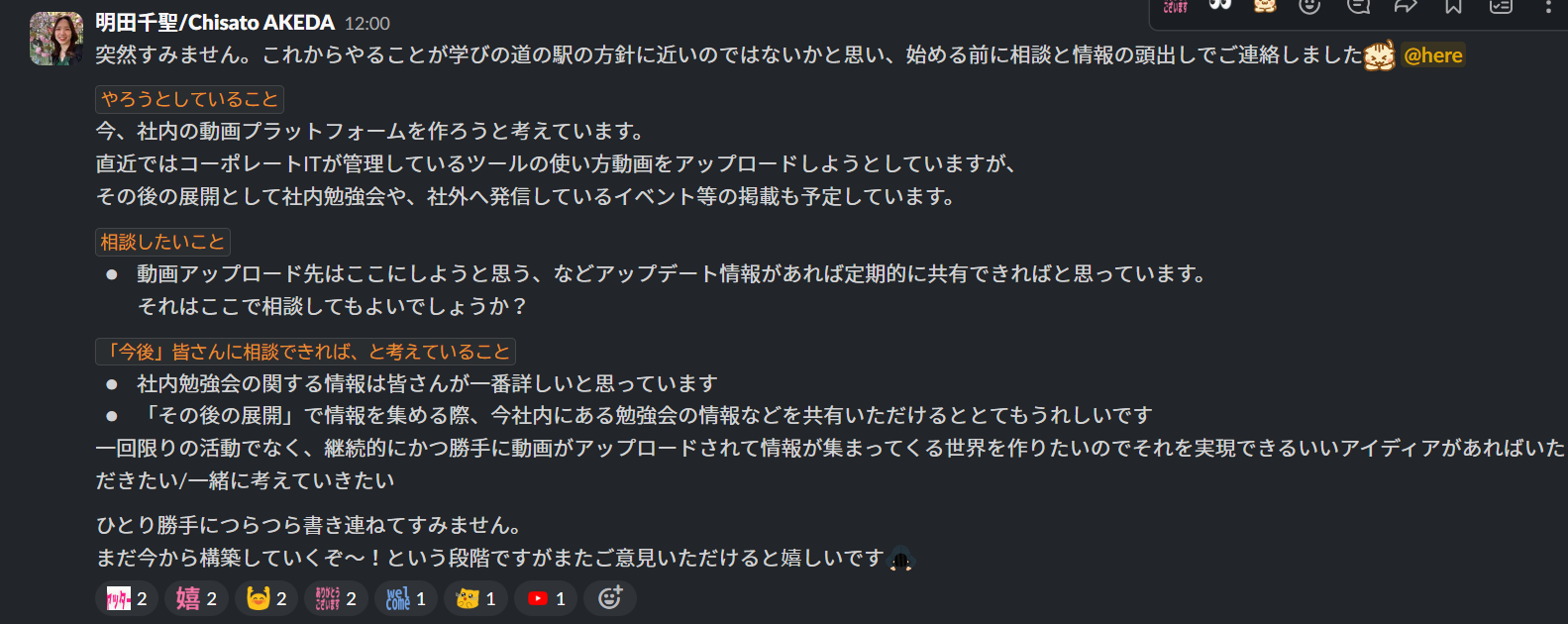
ここで絵文字リアクションがすごいことにお気づきでしょうか?この勢いのままのお返事がこちらです。
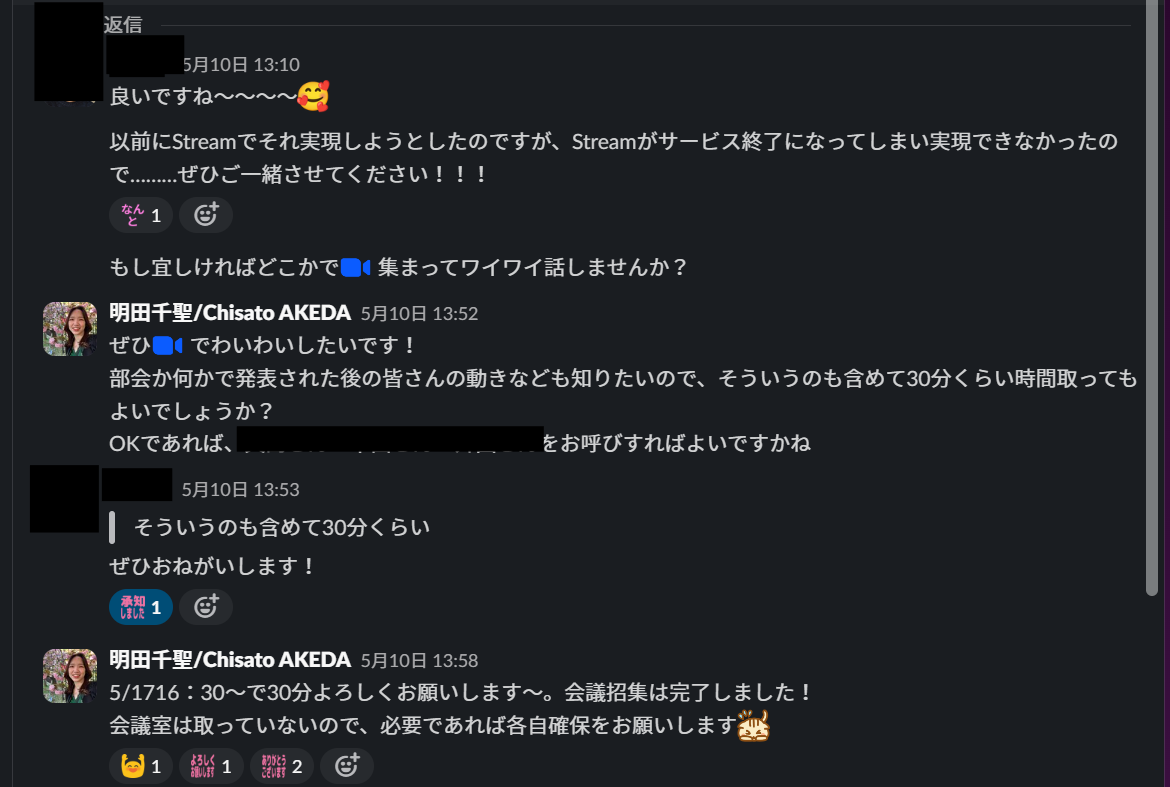
話がとっても早い!その後、集まった当日に「明田さんも学びの道の駅に入っちゃえばいいじゃん!」とお誘いをいただき学びの道の駅メンバーとして動画プラットフォームを進めていくことになりました。
本編:動画プラットフォームを構築・社内展開した
このブログを読んでくださっている方も、全社MTGやグループ内の勉強会を集めた動画プラットフォームを社内に展開したいという方はいらっしゃると思いますのでここからは実施内容の中身と、その中からいくつかピックアップしてなぜそれを実施したのかを紹介します。
実施内容
-
動画プラットフォームの構築
- 社内で使用されていたSharepointサイトを活用し、動画掲載方法等をリニューアル
-
動画収集方法の決定
-
社内の公開OKな会議、社内勉強会の動画を収集する
-
会の主催者に録画ファイルと使用した公開可能なファイルをSharepintサイトのドキュメントにアップロード
-
Sharepointサイトのトップページは「強調表示されたコンテンツ」機能を使用し、勉強会名でフィルター設定する。
- 一度の設定以降、同じ勉強会名の動画がアップロードされるとトップページに自動で動画が掲載される仕組み
-
-
-
周知、運用
- 8月末の全社MTGで動画プラットフォーム紹介&動画収集の依頼
Q.なぜSharepointを採用したのか
A.
- 当社がグループウェアでMicrosoft365を採用しているため
動画プラットフォームはYoutubeやVimeo、Brightcove等ありますがこれらは新規に契約をしなければならなかったことや元々動画収集は会の主催者に実施してほしいという要件があったことから慣れ親しんでいるSharepointを採用しました。
Q.なぜ会の主催者自身に動画をアップロードしてもらう方針にしたのか
A.
-
不要な個所の削除などの編集など、主催者自身に行ってほしかった
-
動画プラットフォームへアップロードすべきかどうかは自主的に判断してもらうのがベストだと考えた
ここを第三者である私達学びの道の駅メンバーが作業を代行して請け負うこともできましたが、勉強会開催前のわちゃわちゃした会話やリアルタイムだからこそ伝えられること等を動画にも含むかどうかということと、動画プラットフォームにアップロードすべきかを判断できるのは、勉強会の主催者がいちばん適任だと考えました。
Q.なぜ「強調表示されたコンテンツ」機能を使うことにしたのか
A.
- シンプルに楽だったから
アップロードしてもらった動画を見てもらうためにはどうしたらよいか、を考えたときに文字よりも画像表示・何回かクリックした先で動画を見るよりもトップページから興味ある内容を見るほうがリーチ数が高くなると仮定しました。
その後、動画へのアクセス方法をいくつかのパターン分作成して学びの道の駅メンバーに見てもらったときにサムネイル表示ができ、かつ勉強会ごとに動画がまとまっている状態がSharepointサイトのトップページに並んでいる状態がいちばん閲覧者の興味を引くという答えになったことでそれが実現できる「強調されたコンテンツ」機能を活用することになりました。
使用例
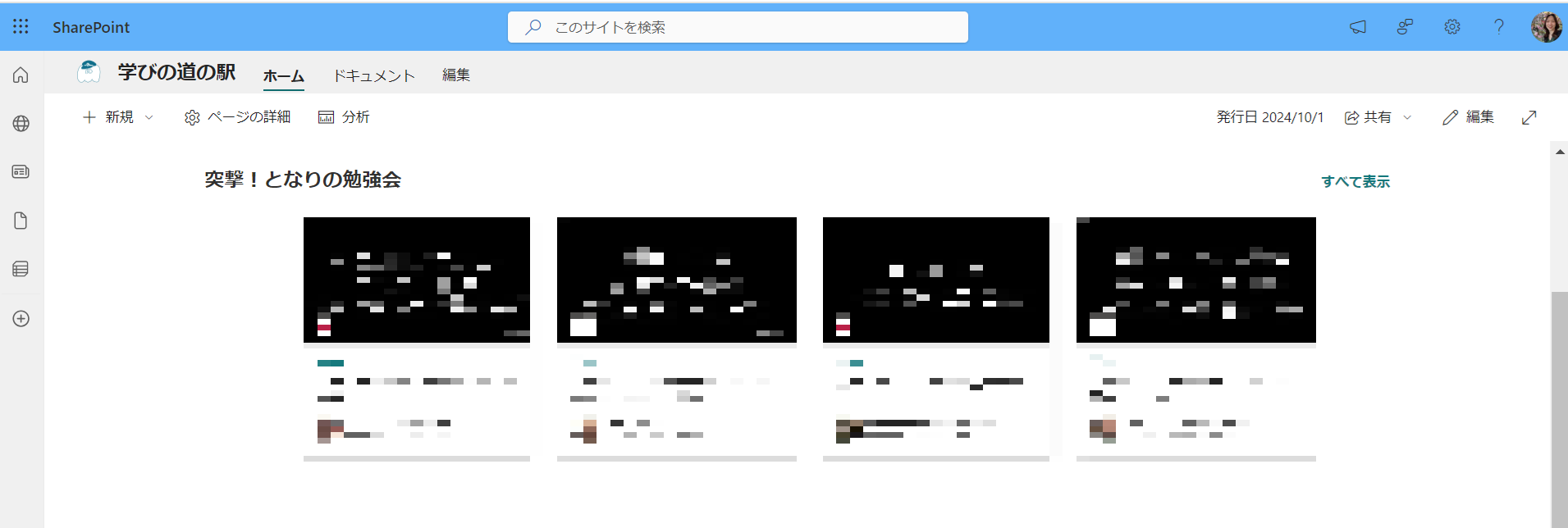
これを使う上での注意ですが、アップロード直後の動画は勉強会名(=動画ファイル名)で行うフィルターに引っかからないことがあります。そのときは少し時間を置いてから、再度試してみてください。
Q.周知は全社MTGの1回だけなのか
A.
-
新入社員向けのオリエンテーションで毎月紹介
-
毎月ある全社MTGの学びの道の駅&技術広報Gの枠で紹介
冒頭に記載した通り「勉強会開催後に入社したメンバーはそもそも勉強会があったことも、その動画やファイルがあることを知る術がない」という課題を持っていたことから、ここはもちろん対処しました。この2枠あることで、存在感を出すことができています!
おわりに:社内の学びをいろいろな方向からこれからも支援します!
動画プラットフォームは全社MTG以降、アクセス数が著しく減少することもなく勉強会動画も収集されており元々感じていた課題を解消する一助になりつつあるのではないかと感じつつここまで、「社内の課題感」「学びの道の駅という強力なサポーターが社内にいる話」と「本編/実際の構築話」の3本をお話しました。
弊社のいいところは、新しいチャレンジに寛容であるところでまさに今回の取り組みはそれを体現できていると感じており、本編にたどりつくまで長く語ってしまいましたが、ここまでこの記事を読んでくださった皆さんにはそれが伝わったのではないかと勝手に思っております。
現在、学びの道の駅は1プロジェクトから技術広報Gの1チームとして活動しています。これからも変わらず「社内の「勉強会」と「勉強会」が交わる「道の駅」として、勉強会を軸にした社内活性を支援」する活動を行い、それらの活動をテックブログ等で紹介していきます。引き続きよろしくお願いします!
関連記事 | Related Posts
![Cover Image for [Manabi-no-Michi-no-Eki (Roadside Station of Learning)]: We have started in-house podcasting.](/assets/common/thumbnail_default_×2.png)
[Manabi-no-Michi-no-Eki (Roadside Station of Learning)]: We have started in-house podcasting.
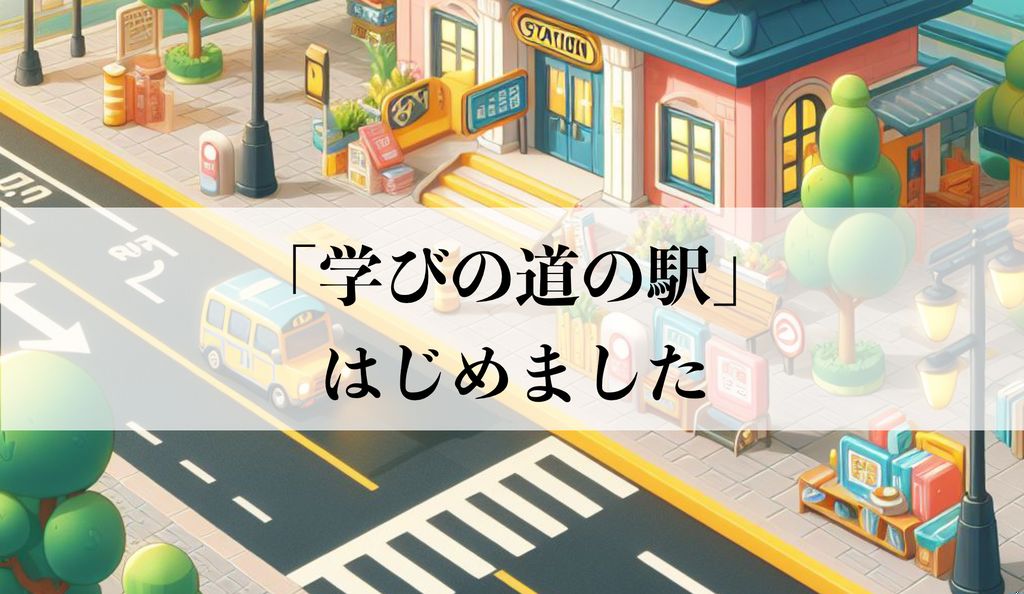
Destination: Learning! We started the Manabi-no-Michi-no-Eki

Reflecting on the First Year of Manabi-no-Michi-no-Eki: The Roadside Station of Learning

【学びの道の駅】社内勉強会動画をプラットフォーム化してまとめて観れるようにした

Learning Roadside Station: We Popped into the iOS Team's Study Session
![Cover Image for [Learning Roadside Station Podcast] Introducing a New In-House Study Initiative: The Joint Study Group](/assets/blog/authors/aoi.nakanishi/2024-12-podcast/study-group.jpg)
[Learning Roadside Station Podcast] Introducing a New In-House Study Initiative: The Joint Study Group
We are hiring!
【UI/UXデザイナー】クリエイティブ室/東京・大阪・福岡
クリエイティブGについてKINTOやトヨタが抱えている課題やサービスの状況に応じて、色々なプロジェクトが発生しそれにクリエイティブ力で応えるグループです。所属しているメンバーはそれぞれ異なる技術や経験を持っているので、クリエイティブの側面からサービスの改善案を出し、周りを巻き込みながらプロジェクトを進めています。
【UI/UXエンジニア(フロントエンド)】DX開発G/大阪
DX開発グループについて全国約4,000店舗のトヨタ販売店の営業プロセスを中心に、販売店スタッフのお困りごとをテクノロジーとクリエイティブの力で解決に導く事業を展開しています。募集背景当グループでは、全国約4,000店舗のトヨタ販売店の営業プロセスを中心に、販売店スタッフのお困りごとをテクノロジーとクリエイティブの力で解決に導く「販売店DX事業」を展開しています。
